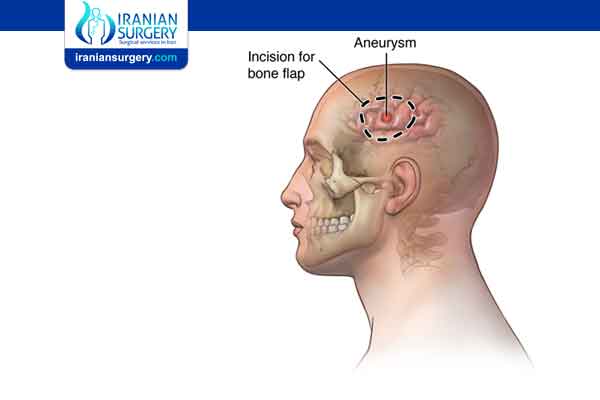Cranioplasty Complications
Cranioplasty Complications
Cranioplasty is the surgical repair of a bone defect in the skull resulting from a previous operation or injury. There are different kinds of cranioplasties, but most involve lifting the scalp and restoring the contour of the skull with the original skull piece or a custom contoured graft made from material such as:
. Titanium (plate or mesh).
. Synthetic bone substitute (in liquid form).
. Solid biomaterial (prefabricated customized implant to match the exact contour and shape of the skull).
Conventional cranioplasty methods, which have been used by neurosurgeons for more than 100 years, involve peeling back all five layers of the scalp to place the bone remnant or custom implant into the proper cranial location. For the pericranial-onlay cranioplasty, a newer technique developed here at Johns Hopkins by Chad Gordon and his team, the surgeon gently pulls back only the three uppermost layers of the scalp and inserts the bone or implant in between the bottom layers of the scalp protecting the brain. This type of cranioplasty procedure is safer and less invasive.
What Happens During a Cranioplasty?
In the operating room, you are given a general anesthetic. Once you are asleep, the team positions you so the surgeons have optimal access to the bone defect. The area of the incision is then shaved and prepared with antiseptic, and you are protected by drapes that leave only the surgical area exposed.
You will get a local anesthetic, then the surgeon will carefully cut the skin of your scalp and gently separate it into layers, thereby protecting the dura, which covers the brain. The team cleans the edges of surrounding bone and prepares the surface so the bone or implant can be positioned properly in the defect, after which it is secured to the cranial bones with screws, plates or both.
With the bone or implant in place, bleeding is controlled, the team moves the scalp back to its original position and closes the incision with nylon suture. You may also have a small suction drain left in place to help remove any excess fluid. The drain will be removed in a few days.
What Are the Risks Associated with Cranioplasty?
As in the case of any surgery, you should discuss the risks with your surgeon. That said, Cranioplasty complications includes (but is not limited to) the following:
. Infection (which may need to be treated with antibiotics).
. Postoperative blood clot requiring drainage.
. Stroke.
. Seizure.
. Clot in the legs (which rarely can travel to the lungs).
Complication not related directly to the surgery:
. Pneumonia.
. Heart attack.
. Urinary infection.
About Iranian Surgery
Iranian surgery is an online medical tourism platform where you can find the best neurological and cosmetic surgeons in Iran. The price of Cranioplasty Surgery in Iran can vary according to each individual’s case and will be determined by an in-person assessment with the doctor.
For more information about the cost of Cranioplasty Surgery in Iran and to schedule an appointment in advance, you can contact Iranian Surgery consultants via WhatsApp number 0098 901 929 0946. This service is completely free.
Source:
https://www.hopkinsmedicine.org/health/treatment-tests-and-therapies/cranioplasty


